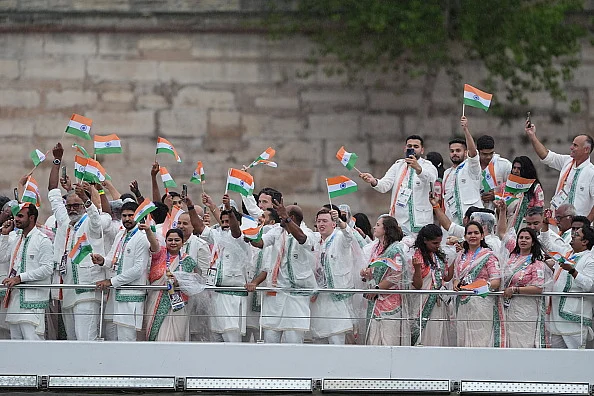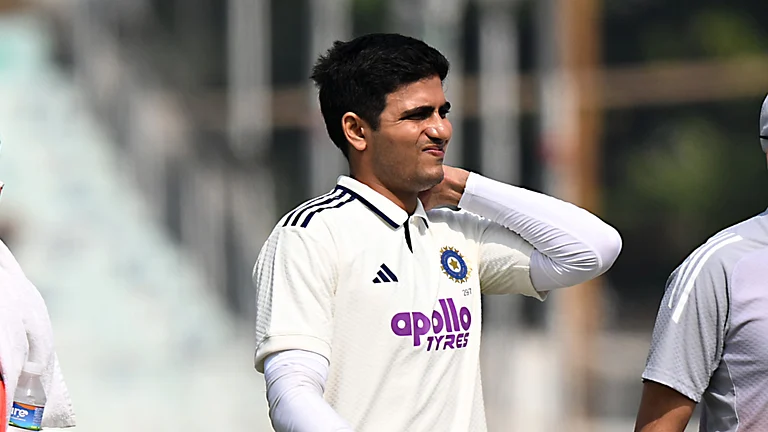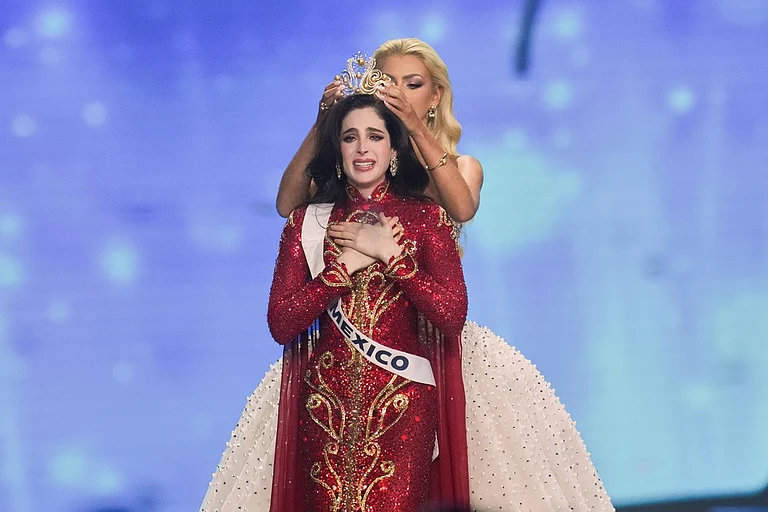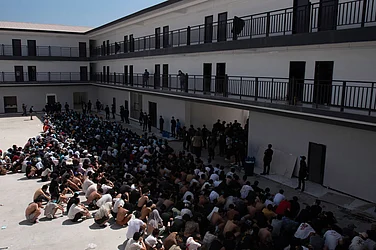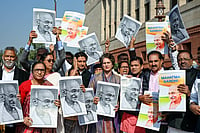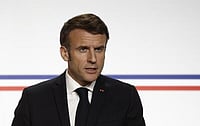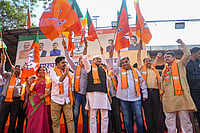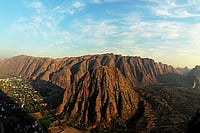As spectacular as the Paris Olympics Opening ceremony was, an event in the world’s fashion capital merits special attention to the national teams’ uniforms. Traditionally, the uniforms at the 2024 Olympics opening ceremony symbolise national pride and each nation’s cultural heritage. This year, there was a clear resolve to bring in a designer touch to the garments, be it local fabrics or weaving in cultural symbols.
“A uniform is not just a uniform; it talks volumes about who Indians are,” notes Rina Singh, designer and founder of Eka, a brand that showcases Indian materials and weaving with western wear.
This year, the designers included Ralph Lauren for the United States, Berluti for France, Emporio Armani for Italy, and Lululemon for Canada. Team India’s 117 athletes were dressed by Indian designer Tarun Tahiliani, in partnership with Tasva, the premium menswear brand he co-founded with Aditya Birla Fashion and Retail Ltd.
Historically, India's Olympic uniforms have been the subject of reproach for lacking modernity, and for being too plain. This year Tasva stepped in to sponsor the uniforms.
Tarun Tahiliani, a prominent figure in Indian fashion, is celebrated for his unique Indian yet modern aesthetic, blended traditional craftsmanship with contemporary design. Over his nearly 30-year career, he has become known for his skilful draping and the use of materials such as brocades, chikankari, and zari embroidery.
In interviews, Tahiliani described Tasva's vision for the uniforms as embodying India's heritage. The designer told GQ India that he worked on a design to feature India’s tricolour after doing research and noting that other countries integrate their national flags into the design. Further, he’s said that the lightweight fabrics were chosen to be ideal for the Paris.
However, many feel the designer, and India, missed an opportunity to work with local artisans and highlight India’s rich weaves. Tahiliani used ikat-inspired prints, for example, instead of traditional fabric which involves a painstaking and intricate technique of resist dying fabric and weaving it together to form complex patterns. “This was a great opportunity to put a fashionable foot forward and say this is where we (India) stand today with all our heritage and legacy of great workmanship. While I am a big admirer of Tarun Tahiliani, this is a missed opportunity to showcase what is the future forward,” Singh added.
Netizens have also pointed out that instead of showcasing one of India’s ancient and still popular weaving techniques, the use of digital prints was a missed opportunity. However, Founder of Digi-Deets, a company that works with homegrown fashion labels, Sahiba Chugh said, “The uniforms are a tad basic, but not ugly, despite the internet going crazy about it.”
Critics on social media described them as "tacky" and "uninspired," sparking comparisons with other countries' more elaborate and vibrant outfits. Some users felt the designs resembled costumes for a school Independence Day function, prompting calls for greater investment in time, money, and resources for creating Olympic uniforms.
Chugh points to other countries doing collaborations with designers as part of the Olympics marketing and adds, “With so many brand collaborations possible, perhaps a younger brand like Masaba could’ve done that. We have so much talent here, and when I saw Mongolia’s lovely uniforms, I felt we could’ve done more. There no dearth of craft in our country.”






